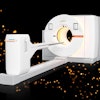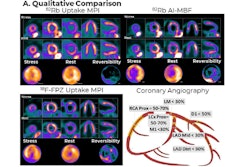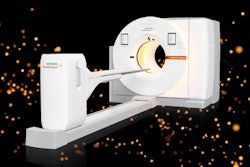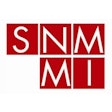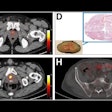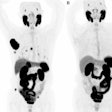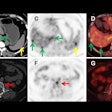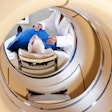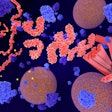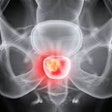PET, CT, and MRI use for assessing coronary artery disease increased in Medicare patients from 2018 to 2022, while SPECT and stress echocardiography declined over the same period, researchers have reported.
Nonetheless, PET was the second most common modality used after SPECT, noted lead author Mouaz Al-Mallah, MD, of the Houston Methodist DeBakey Heart and Vascular Center in Texas, and colleagues. The findings were published September 2 in the Journal of Nuclear Cardiology.
“Taken together, these findings call for efforts to address barriers impeding wider uptake of PET,” the group wrote.
Studies have shown that PET myocardial perfusion imaging (MPI) is superior to SPECT for assessing coronary artery disease (CAD), given advantages such as higher resolution, lower radiation exposure, and its ability to assess myocardial blood flow and myocardial flow reserve, the authors explained.
They noted that while factors that limit its widespread use have been established, there is relatively little data on the number of PET procedures and readers in the U.S. relative to other modalities commonly used to assess CAD. Moreover, there is little data on the median number of studies read per physician and whether it is sufficiently high to maintain clinical competency, they added.
To that end, the researchers analyzed Medicare data and found that in 2022, Medicare was billed with a total of 212,106 PET MPI scans. In comparison, SPECT was six times more frequent (1.3 million procedures), stress echocardiography was slightly less frequent (201,676 procedures), and coronary CT angiography was approximately half as frequent (118,734 procedures). Stress MRI (3,932 procedures) was the least commonly used modality.
Notably, of the 212,106 PET MPI scans, 54% were PET/CT and 46% were PET only, which limits the technology’s ability to assess concomitantly for atherosclerosis, the researchers wrote.
In addition, a total of 1,993 unique readers interpreted PET MPI studies compared to 15,135 SPECT readers -- more than seven times higher, the authors noted. There were 5,260 stress echocardiography readers, 2,376 CCTA readers, and only 122 stress MRI readers.
| Median annual CAD imaging studies read per physician by modality | |||||
|---|---|---|---|---|---|
| Measure | Stress echocardiography | Stress MRI | CCTA | SPECT | PET MPI |
| Studies read per physician | 24 | 20 | 27 | 63 | 58 |
| Percentage reading ≤ 25 studies | 53% | 61% | 47% | 19% | 23% |
Overall, the number of PET studies increased by 25% from 169,334 in 2018 to 212,106 in 2022, the group found. This was accompanied by an increase in the number of readers from 1,489 to 1,993 over the period. Similarly, CT and MRI studies also saw an increase in both the number of studies and the number of readers, while SPECT and stress echocardiography saw declining trends with reductions in volumes of procedures as well as in the number of readers, according to the authors.
“SPECT has experienced a decline in use over the last five years, likely due to the advantages of PET over SPECT,” the group wrote.
Ultimately, the findings may inform efforts to enhance education and awareness of PET’s advantages and to address barriers to its wider adoption, which are essential to maximize its clinical benefits and improve patient outcomes, the authors wrote.
“Clinical guidelines should recognize the growing use of PET to better reflect its expanding role in clinical practice,” the researchers suggested.
The full study is available here.

